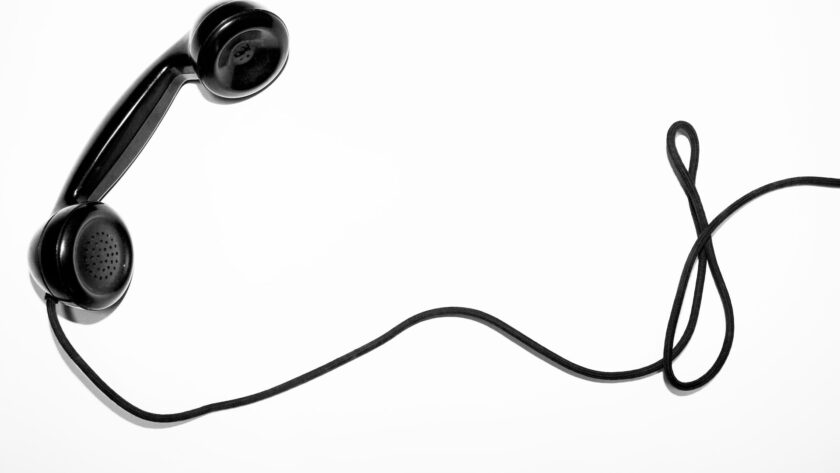The Lifeline program is a government-funded subsidy that provides low-income Americans with discounted phone and internet service. Often, these services also come with a free smartphone or SIM kit.
Contents
What is Lifeline?
Lifeline is a federal program that provides low-income households free or discounted telephone service and broadband Internet access. It can be used by those who receive Medicaid, SNAP benefits, or SSI (Supplemental Security Income). Eligible individuals can receive a free smartphone and a one-time discount for purchasing an Internet-capable device through the ACP. If you have a home landline phone, a lifeline free cell phone discount may be available to cover the cost of your monthly service. In some cases, it can also be applied to a wireless service. If you qualify for Lifeline, you also may be eligible for the Affordable Connectivity Program (ACP). The ACP replaced the Emergency Broadband Benefit program and provides a monthly discount on broadband service and connected devices.
How Does Lifeline Work?
Your household size and income determine eligibility for free government cell phone service. Your household must be below 135% of the federal poverty guidelines to qualify for the cell phone service. As a qualified customer, you will receive monthly $30 unlimited talk, text & data. This is a permanent benefit and will not roll over if you discontinue service for any reason. To be eligible, you must be living in a qualifying area and meet the eligibility requirements set by USAC. This includes a qualifying address and total household income. You can apply by contacting USAC or the program’s state agency. Once approved, you can sign up for service with your preferred provider. The application process is easy and convenient. You can fill out the online form, print the application, and mail it in.
What is the Eligibility Requirement?
You must first apply for the program through your state or local government to get free phone service. After you are approved, you can choose a phone or internet company that offers Lifeline and sign up for the service. Ensure you have all the proper documentation to avoid delays in your application. The documentation you provide will be verified against public records. Any discrepancies could prevent you from being approved. In addition to the free phone service, you can get a one-time discount of up to $100 towards an internet-capable device. This benefit is offered through the Affordable Connectivity Program (ACP), which replaced the EBB. Once you have signed up for your free cell phone service, you must use it at least once every 30 days, or the service will be deactivated.
What You Will Receive
You can receive a free government smartphone and phone service if you qualify. In addition to free monthly phone calls and texting, you will receive a wide range of features such as caller ID, call waiting, 3-way calling, and voicemail. Most participating carriers offer a variety of discounted phones for those who qualify. These devices are usually slightly older models that have reached their “maturity” and are no longer in demand, which means they are often an excellent deal for those who can qualify for them. When you sign up for free government cell phone service, you can choose from a wide range of phones from popular manufacturers. These free government phones aren’t the latest models, but they’re an excellent option for people who need more money to buy a new smartphone.
Installation
Free Lifeline, a cell phone service, is simple, but you must meet specific eligibility requirements. If you are an eligible low-income person, you may be able to get free Lifeline cell phone service. This government-funded program is available in every state, commonwealth, territory, and Tribal land. Once you’ve met the qualifications, your local telecommunications company will submit a Lifeline application to the Universal Service Administration Company (USAC) on your behalf. Once USAC approves your application, your local telecommunications provider will apply the Lifeline subsidy to your monthly bill, reducing costs. A traditional landline or mobile phone can be connected to the Lifeline service. Each service provider has different installation processes and terms, so check with your provider for more information. Some states offer a Lifeline discount for installing new home phone service. These discounts can be combined with the Affordable Connectivity Program, which provides free internet service for low-income households. All subscribers must re-certify their eligibility annually to continue receiving free cell phone service and other benefits. You can do this by visiting the USAC website, which will list your local providers. You can also find out if your local community services agency, such as the Department of Housing and Urban Development (HUD), offers Lifeline cell phone service. Some local HUD-supported agencies, such as Housing and Essential Needs, have a dedicated staff member who can help you determine if your community has Lifeline service.




